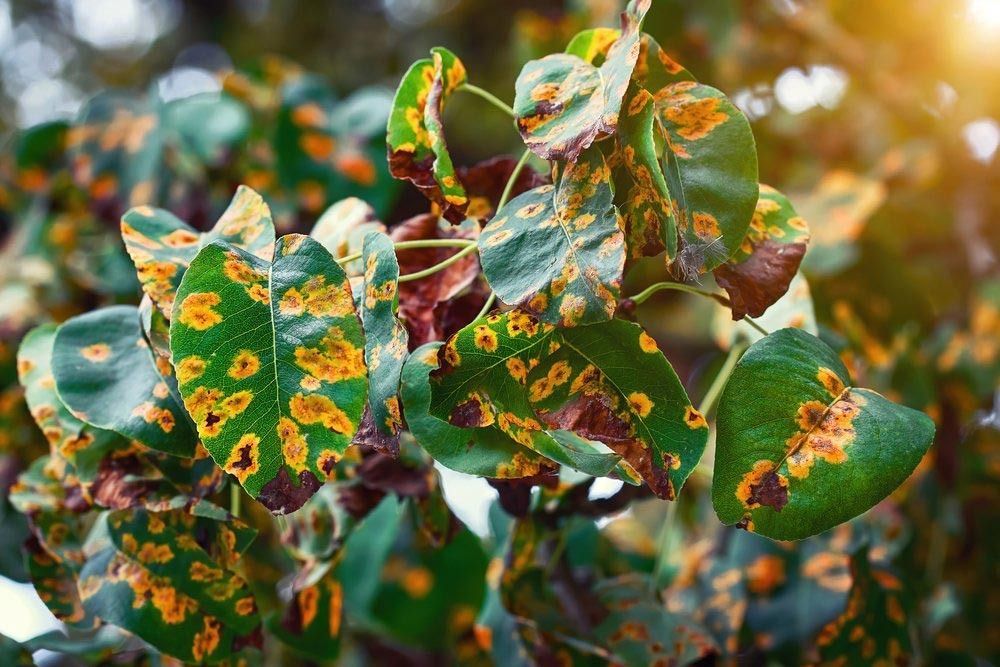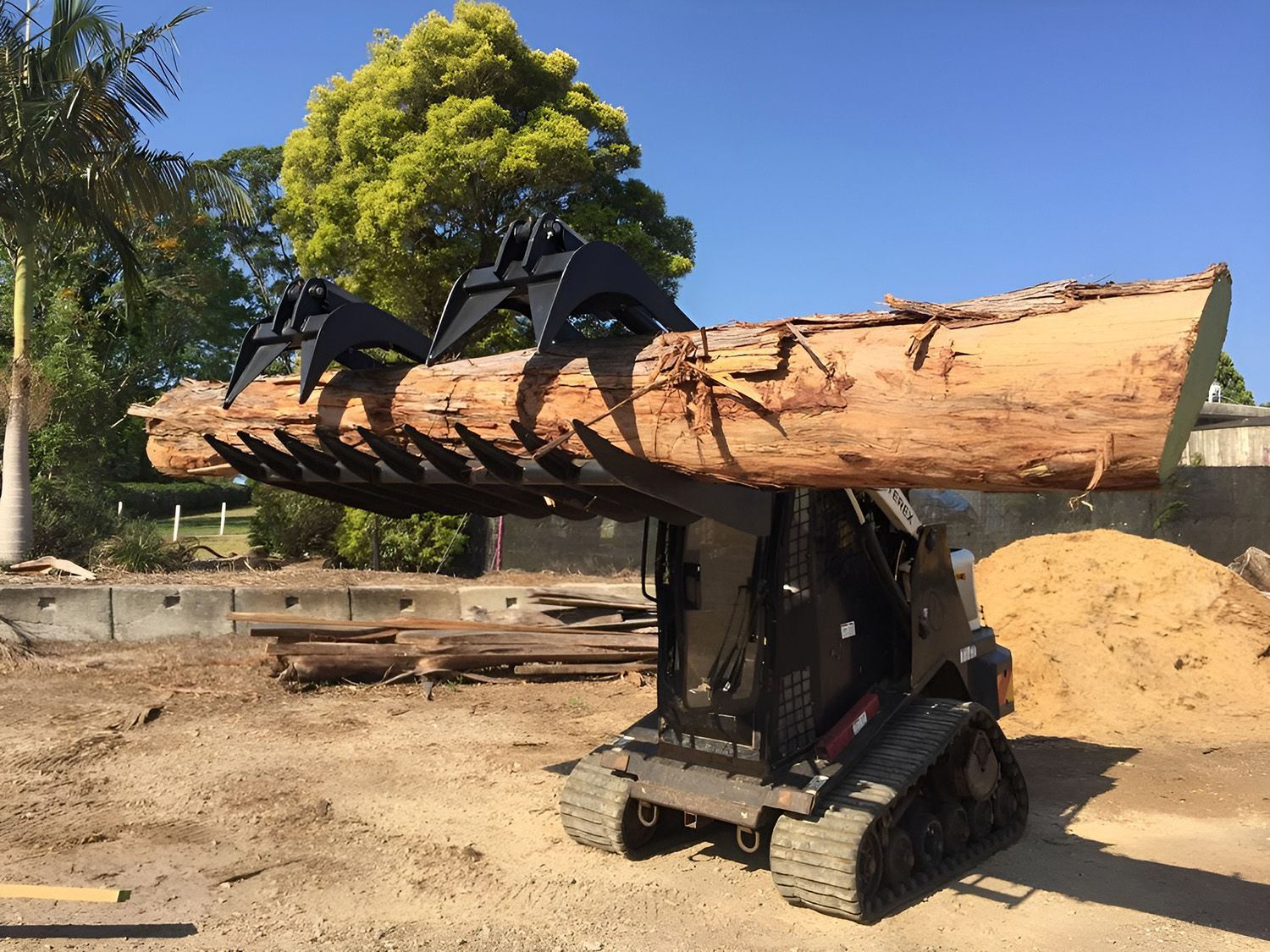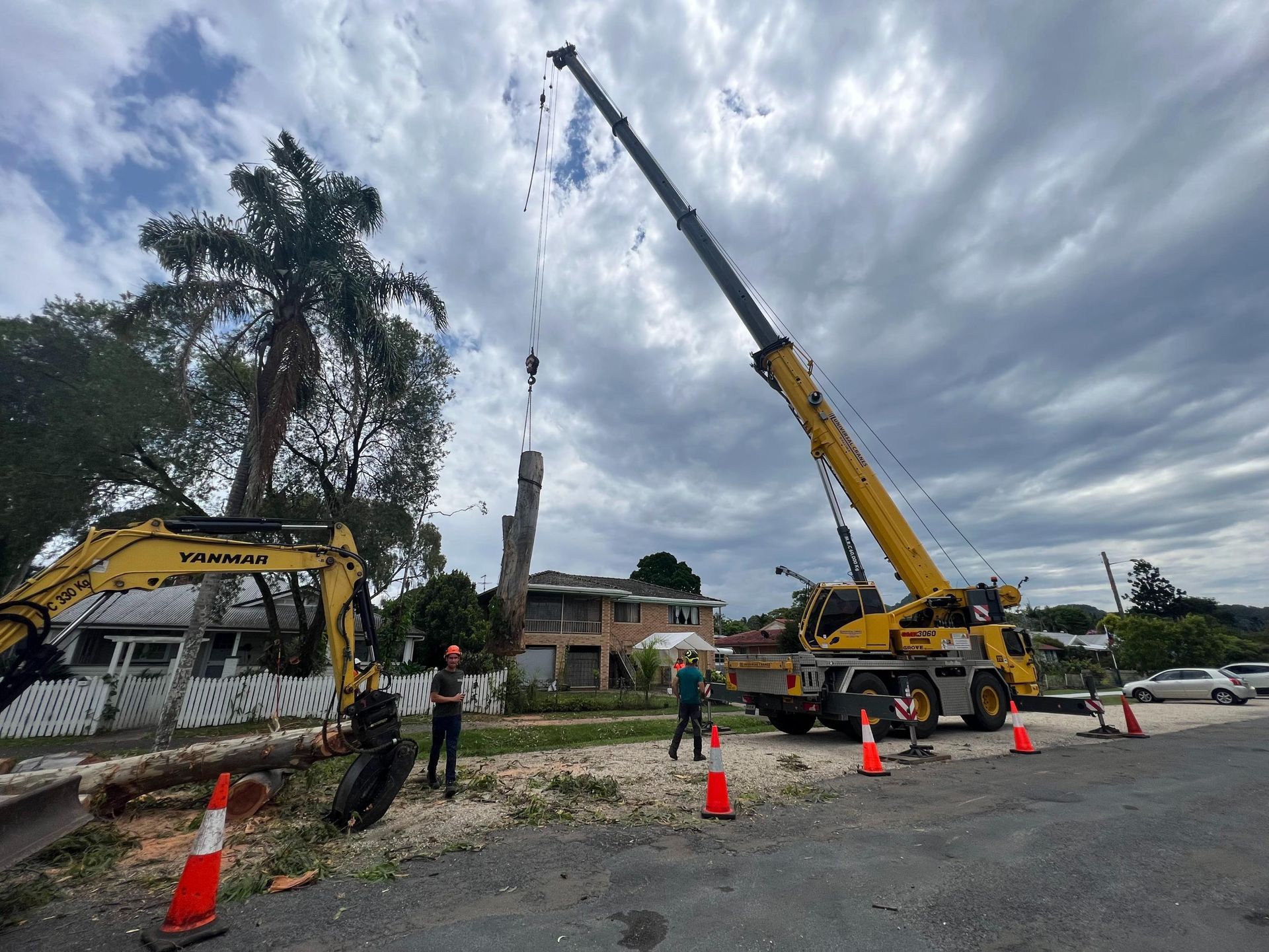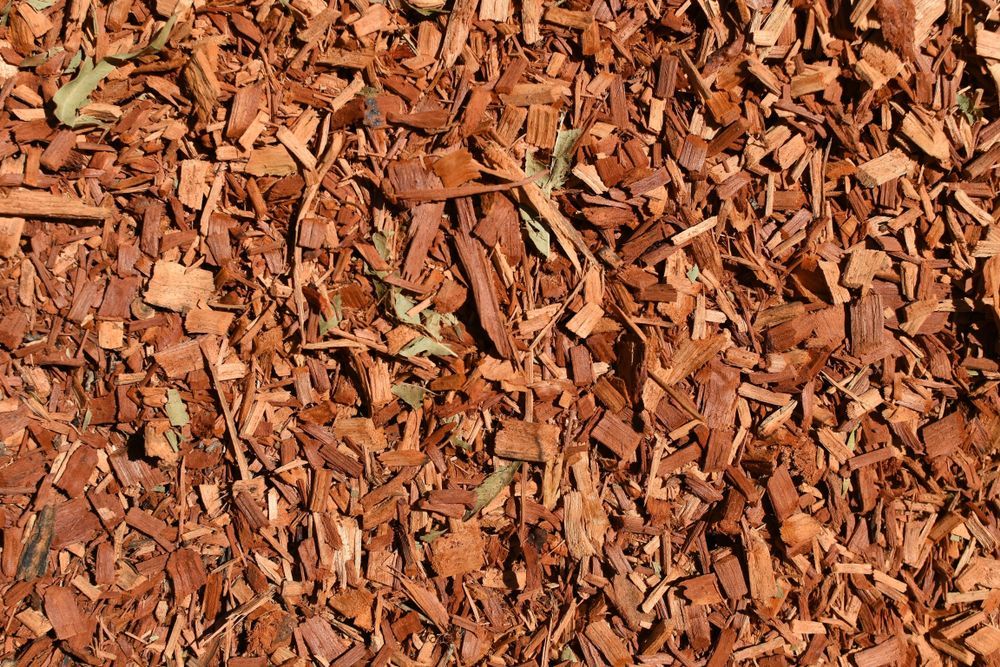Guide To Recognising & Preventing Tree Hazards
How safe are the trees on your property? A hazardous tree is one that's likely to fall, or drop branches or foliage. A branch or tree falling on property or people can cause serious damage. Unfortunately, it may even be fatal in some cases. The challenge for property owners is to recognise when a tree is becoming hazardous. Whilst dangerous trees need to be pruned or felled, it's important to ensure that healthy trees aren't felled because they've been wrongly perceived as hazardous. To help, we've put together a guide to recognising the signs that your trees are becoming hazardous.
A Tree That's Moving Towards The End Of Its Lifespan
Like other living things, trees have a natural lifespan. For example, a eucalyptus tree can easily thrive for several centuries. In contrast, most wattle varieties have a lifespan of just one or two decades. If you're not sure how old the tree is, an arborist from Tallow Tree Services can easily provide an accurate estimate. Older trees require regular inspection to check for signs of deterioration. Look for these signs:
- Peeling, cracking or flaking bark
- An excessive number of leaves falling
- Lack of new growth in the spring
A Sick Tree
- Discoloured leaves, or leaves with oddly shaped blotches on them. This could indicate various issues, such as nutrient deficiencies or fungal infections, which require immediate attention.
- Fungal growths on the tree. These can be a sign of decay or infection, potentially compromising the tree's structural integrity.
- Missing leaves. A sudden loss of leaves can indicate stress or a severe infestation, often caused by pests that sap the tree's vitality.
- Holes in the leaves. These may suggest feeding by insects like caterpillars or beetles, which can weaken the tree and lead to further problems.
- Dead branches. Branches that have not produced leaves may be dead and could pose a risk of falling, especially during storms or high winds.
- Crumbly bark, or bark that's discoloured, falling away, or otherwise abnormal. Bark abnormalities can indicate diseases like cankers or infestations that need to be addressed quickly.
- The tree starts to lean. A developing lean can be a sign of root damage or instability, which is often exacerbated by disease.
It's important to note that some diseases can spread to surrounding trees, making early detection crucial. Regular monitoring can help catch these issues before they become severe. An arborist can diagnose the problem and suggest suitable remedial action or remove the tree if it's too badly diseased to be retained.
An Injured Tree
- Broken or missing branches. Broken branches not only compromise the tree's aesthetic appeal but can also make it more susceptible to disease.
- A gouged or scraped trunk. Trunk injuries can be gateways for pests and diseases, leading to further deterioration of the tree's health.
- Exposed roots. Exposed roots may indicate soil erosion or instability, which can threaten the tree's overall health.
- A pronounced lean due to being hit, or due to ground subsidence. Trees that are leaning excessively may be at risk of falling, especially in adverse weather conditions.
In addition to these visible signs, injured trees may also display increased susceptibility to pests and diseases, making them more hazardous over time. Depending on the severity of the injury, these trees can be extremely dangerous. Prompt action by a professional arborist is often needed to stabilise the tree or remove it altogether if it's too badly damaged.
An Infested Tree
Infestations from pests can pose serious threats to tree health and stability. Common culprits include insects like borers, aphids, and scale insects, which can weaken the tree by feeding on its sap or boring into its wood. Signs of an infested tree may include:
- Visible insects on leaves, branches, or bark.
- Discoloured or wilting leaves, indicating stress or damage.
- Excessive sap oozing from wounds or holes in the bark.
If you suspect a tree is infested, it is essential to consult an arborist for proper identification and treatment options, which may include targeted insecticide applications or removal of severely affected branches.
A Tree That's Grown Too Big Or Is In A Hazardous Location
Sometimes trees are healthy enough but have simply grown too big for their location. If tree branches are beginning to overhand your property, or a tree has grown extremely tall (particularly if it's near power lines, a road or property), it's going to need pruning or felling promptly. It's also worth checking whether your property contains any fast-growing trees that are likely to cause problems more quickly than you might think.
- Overhanging branches can pose a direct threat to property and individuals, especially during high winds or storms.
- Roots can interfere with underground utilities, causing costly repairs and hazards.
- Certain species can become problematic as they mature due to their rapid growth rates and have the potential to invade nearby structures.
The key to keeping trees in good condition is regular inspection and timely action if a problem is discovered. As well as inspecting your trees following a storm, we also suggest inspecting each tree annually. Look for signs of fresh leaf growth or dieback, signs of disease or trauma and any evidence of a lean developing.
For expert tree inspection, maintenance and felling,
contact the friendly, professional team at Tallow Tree Services, on
(0401) 208 797.








